
What is a Dobsonian telescope?
Dobsonian telescopes, often nicknamed "Dobsonians", are popular instruments among amateur astronomers for their simplicity, affordable cost, and their great light-gathering capacity. Invented by John Dobson in the 1960s, this type of telescope revolutionized amateur astronomy by making deep-sky observations accessible to a wider audience.
Main Features
1. Altazimuth Mount
- Unlike equatorial mounts, a Dobsonian's altazimuth mount provides a simple, smooth movement in altitude (up/down) and in azimuth (left/right). This design makes the telescope easy to use and to move, even for large-size models.
2. Large Aperture
- Dobsonians are known for their large aperture, meaning they can collect a lot of light. A larger aperture allows observing fainter and more distant objects in the sky, such as galaxies, nebulae, and star clusters.
3. Simple and Economical Design
- John Dobson designed these telescopes to be made from common, inexpensive materials, such as plywood and porthole-glass mirrors. This simplicity allows amateurs to build their own telescopes or to buy commercial models at reasonable prices.
4. Portability
- While some models can be bulky, many Dobsonians are designed to be dismantled or folded, making them easier to transport to observing sites away from city lights.
Uses and Advantages
1. Visual Observation
- Dobsonians are primarily used for visual observation. Their large aperture allows you to see fine details on planets, the Moon, and deep-sky objects. They are often called "light collectors" because of their ability to capture a large amount of light, which is essential for observing faint objects.
2. Limited Astrophotography
- Because of their altazimuth mount, Dobsonians are not ideal for long-exposure astrophotography. However, they can be used for planetary photography or for capturing quick images of bright objects.
3. Accessibility for Beginners
- Dobsonians are often recommended to amateur astronomers because of their ease of use and affordable cost. They allow new observers to familiarize themselves with the night sky without investing in complex and expensive equipment.
Innovations and Evolutions
Since their invention, Dobsonians have evolved to include modern features such as:
1. Motorized Mounts
- Some models are equipped with motorized mounts that allow automatic tracking of celestial objects, thus compensating for Earth's rotation.
2. Truss Tubes
- Truss tubes are lightweight and disassemblable structures that replace traditional tubes. They make it easy to transport large telescopes.
3. GoTo Technology
- Integrated GoTo systems allow locating and automatically tracking celestial objects, thereby facilitating observing for users of all levels.
Conclusion
Dobsonian telescopes remain a popular choice among amateur astronomers due to their unique combination of simplicity, affordable cost, and high performance. Whether you are a beginner or an experienced observer, a Dobsonian can offer impressive views of the night sky and enrich your observing experience.

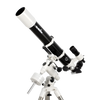 All
All
 Dobson
Dobson
 Refractors
Refractors
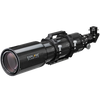 Ed & Apochromates
Ed & Apochromates
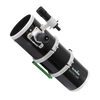 Newtonian reflector
Newtonian reflector
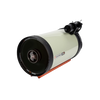 Schmidt Cassegrain
Schmidt Cassegrain
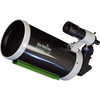 Maksutov-Cassegrain
Maksutov-Cassegrain
 Solar
Solar
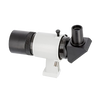 Researcher
Researcher
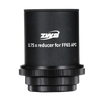 Focal reducer
Focal reducer
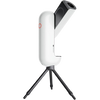 Intelligent
Intelligent
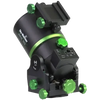 All
All
 Equatorial
Equatorial
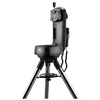 Alt/Az
Alt/Az
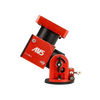 Harmonic
Harmonic
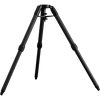 Tripods
Tripods
 Accessories
Accessories
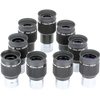 All
All
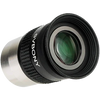 Wide angle
Wide angle
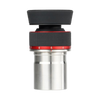 Zoom eyepieces
Zoom eyepieces
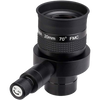 Reticulated eyepieces
Reticulated eyepieces
 Barlow
Barlow
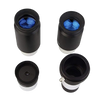 Plössl
Plössl
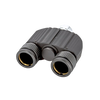 Binoculars
Binoculars
 Atmospheric Corrector
Atmospheric Corrector
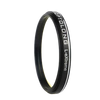 All
All
 Visual
Visual
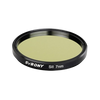 Photo
Photo
 Polarisants
Polarisants
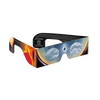 Solar Filters
Solar Filters
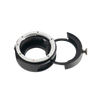 Accessories
Accessories
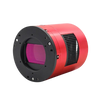 All
All
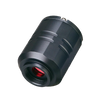 Color Cameras
Color Cameras
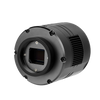 Monochrome Cameras
Monochrome Cameras
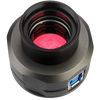 Planetary/Guiding
Planetary/Guiding
 Objectives
Objectives
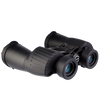 All
All
 Binoculars
Binoculars
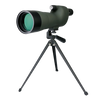 Spotting Scope and Monocular
Spotting Scope and Monocular
 Elbows
Elbows
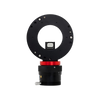 Optical Divider
Optical Divider
 Mirrors
Mirrors
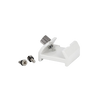 All
All
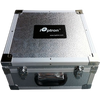 Bags and protections
Bags and protections
 Supports and counterweights,
Supports and counterweights,
 Camera adapters
Camera adapters
 Focuser
Focuser
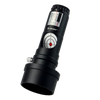 Collimation
Collimation
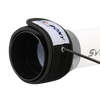 Heating band
Heating band
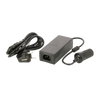 Cables
Cables
 Collars
Collars
 Computers
Computers
 Fans
Fans
 Others
Others
 All
All
 Weather Station
Weather Station
 Thermometer
Thermometer
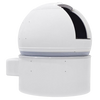 All
All
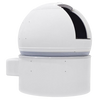 Observatory/Domes
Observatory/Domes
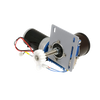 Accessories
Accessories
 Askar
Askar
 Baader
Baader
 Bresser
Bresser
 Celestron
Celestron
 Explore Scientific
Explore Scientific
 GSO
GSO
 Optolong
Optolong
 Touptek
Touptek
 Vixen
Vixen
 ZWO
ZWO